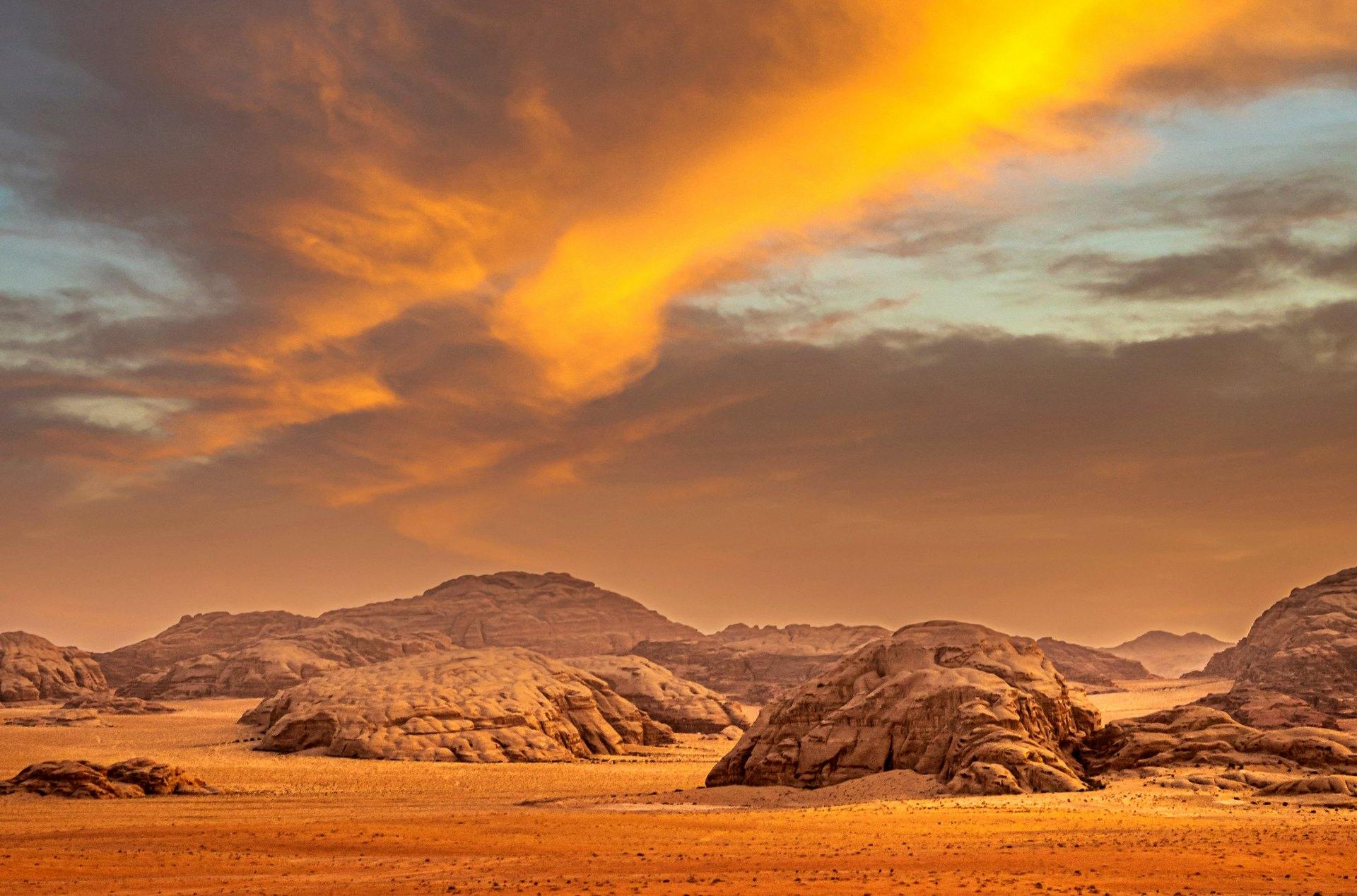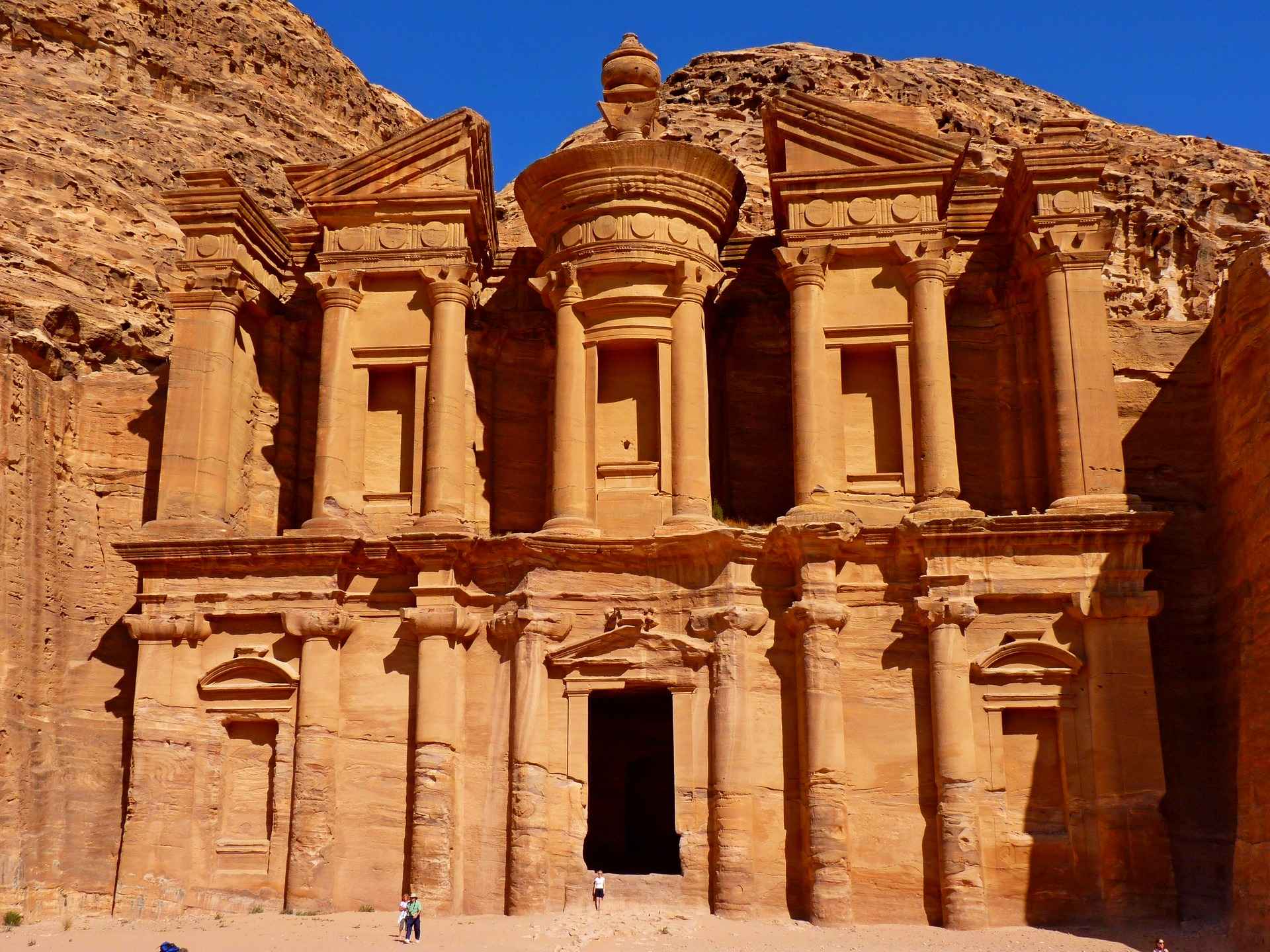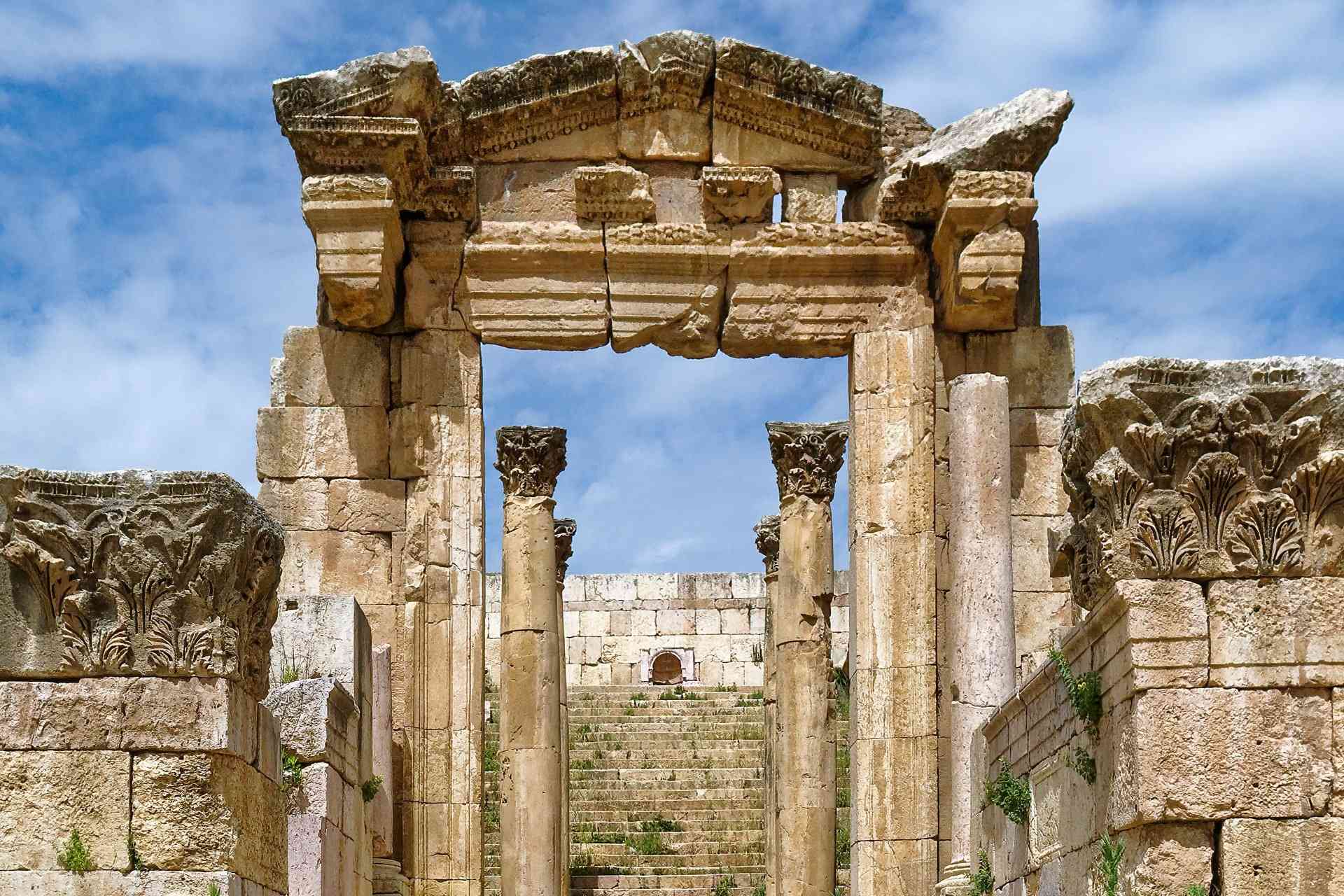| Jordan Highlights Tour from Aqaba | ||
| A 7-day journey commencing in Aqaba allows you to see the finest of Jordan. Experience the breathtaking Wadi Rum scenery, the ancient city of Petra, the lesser-known but still intriguing Little Petra, and the impressive Shoubak Castle. Discover the magnificent beauty and diverse wildlife of Dana Natural Reserve. Experience Amman, Jordan’s capital city, a vibrant metropolis with a mix of old and contemporary, and the ancient Roman city of Jerash. Explore the Desert Castles, historic strongholds dating back to the 7th century, to learn about the region’s history and culture. Visit the mosaic-rich city of Madaba and take in the panoramic vista of the Holy Land from Mount Nebo. This 7-day journey is ideal for discovering Jordan’s beauty, history, and culture. With comfortable transportation, knowledgeable guides, and carefully chosen hotels, you can sit back, relax, and let us handle the logistics while you enjoy the sights and sounds of Jordan. Make your reservation today and prepare for a memorable experience! |
||
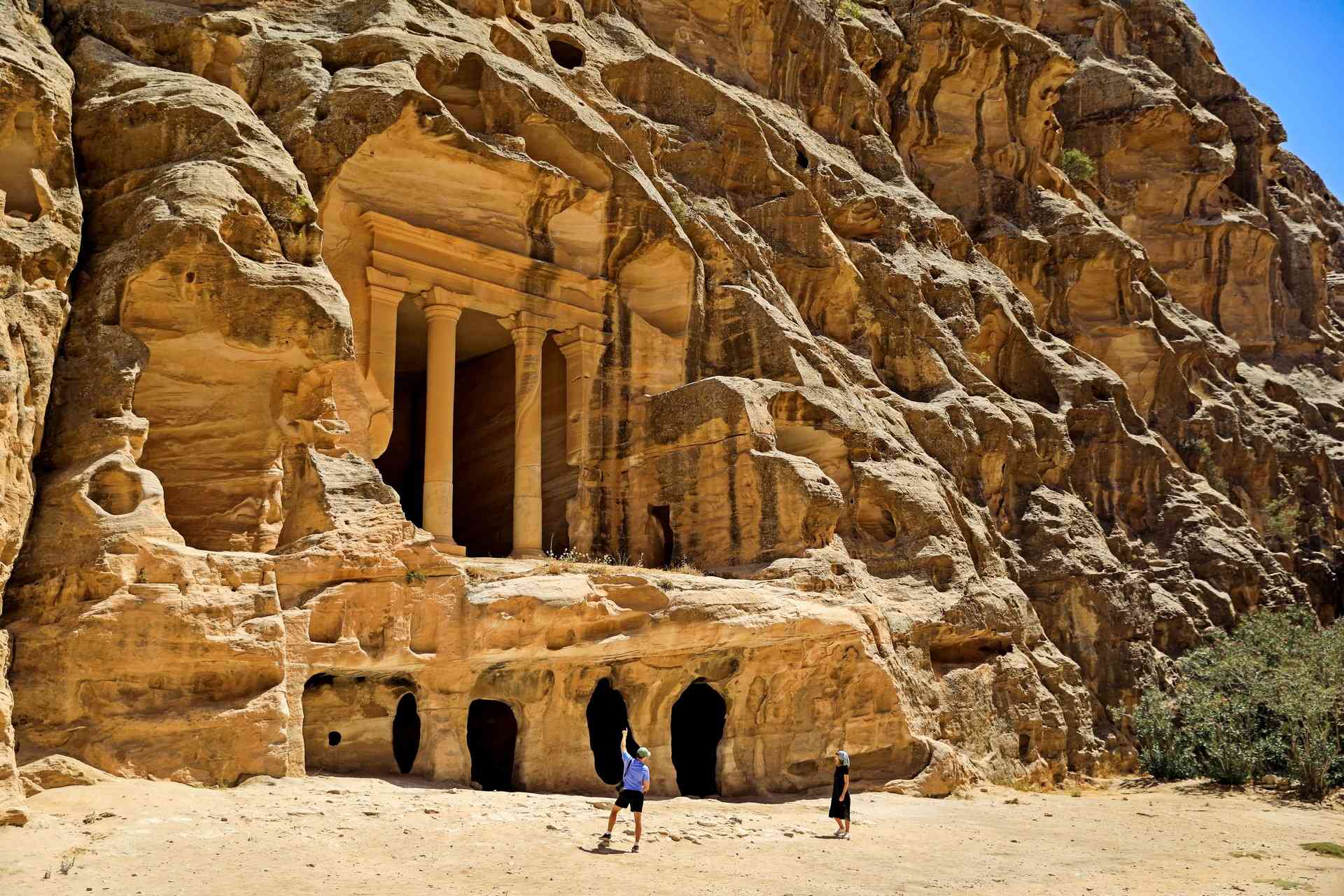 |
||
| Tour overview: | ||
| This is appropriate for visitors arriving in Aqaba City by any entrance point, including Aqaba Airport, Sharm El Sheikh, Taba, Aqaba Port, and Saudi borders. | ||
| Tour Highlights | ||
| Petra visitor center, The Siq, The Treasury, Facades Streets, The Theater, The Royal Tombs, Petra Church, The City Centre, Roman Road and Petra Basin. Dead Sea. | ||
| Itinerary | ||
| Day 1: | Aqaba – Wadi Rum.
Travel from Aqaba to Wadi Rum, the country of Lawrence of Arabia; you will cross the famed Seven Pillars of Wisdom, as recounted by Lawrence of Arabia, and explore Wadi Rum by 4×4 for two hours. See Lawrence Springs, Al Khazali Canyon, and the inscriptions written by the Thamudic and Nabatean people centuries ago, as well as climb one of the sand dunes, before driving to your desert tent in Wadi Rum for the night.
|
|
| Day 2: | Wadi Rum – Petra.
We will depart Wadi Rum early this morning for Petra, one of the world’s most stunning ancient cities. The beautiful buildings and elaborate sculptures of the ancient Nabatean civilization will captivate you as you enter the site. |
|
| Day 3: | Petra free day.
Hike to the High Place of Sacrifice atop Jabal al-Madhbah on a free day in Petra to take in the stunning mountain landscape and views of the huge valley with its various monuments. Afterwards, pay a visit to the Petra History Museum, which houses a magnificent collection of ancient artifacts relating to Petra and the Nabatean civilization. |
|
| Day 4: | Little Petra – Shoubak Castle – Dana – Amman. Little Petra, Beer Al Araies, the Nabatean Markets, and Siq al Barid, as well as Nabatean Quest homes and temples, will be visited in the morning.Then visit the castle of Shoubak, which was known as Montreal during the crusades since it was the first fortress erected by the kingdom of Jerusalem on the other side of the Jordan River, and then travel to the village of Dana, which gives a magnificent view of the Dana Natural Reserve. Overnight in Amman. 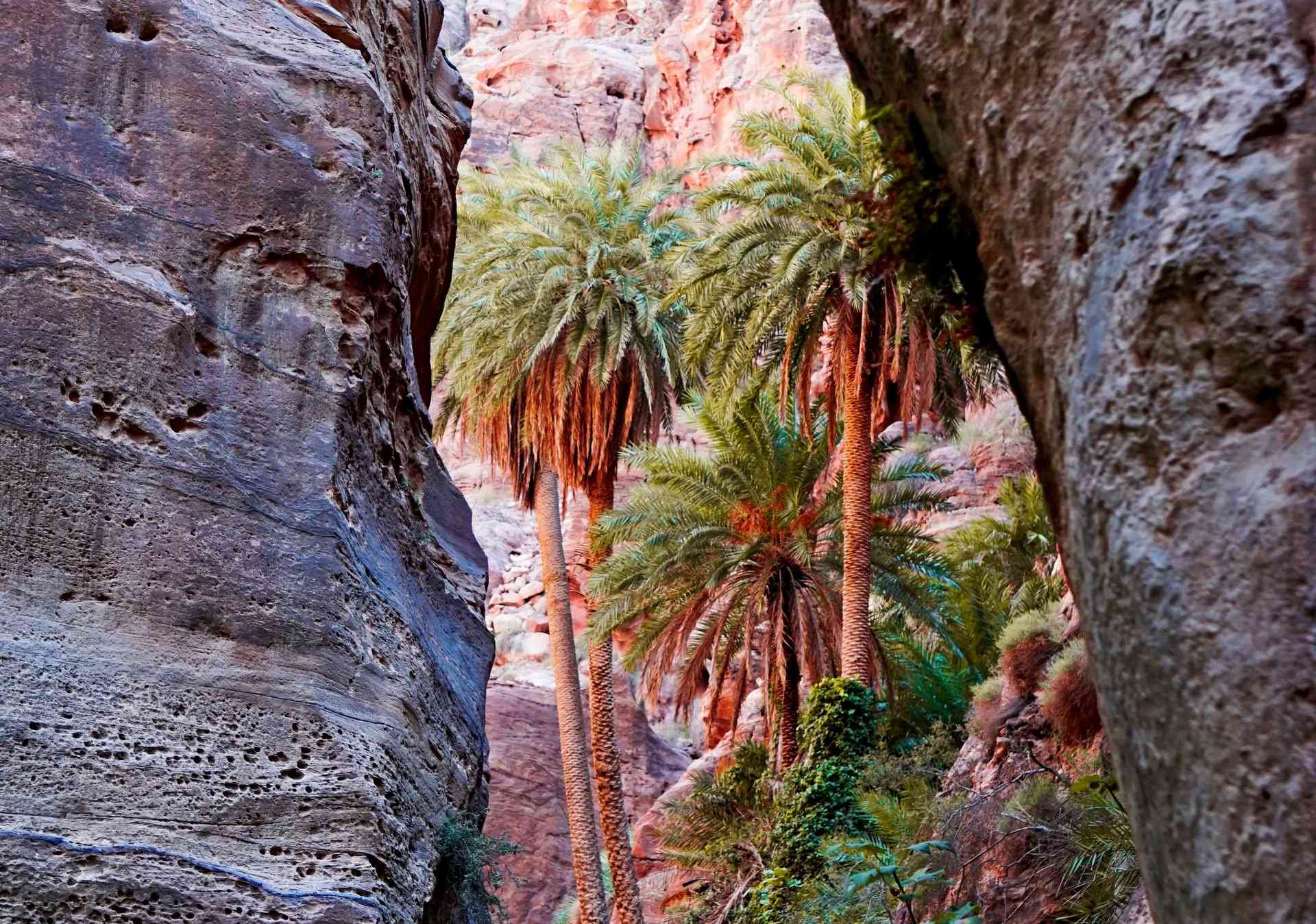 |
|
| Day 5: | Amman – Jerash – Amman.
We will begin our day by seeing Amman’s tallest point, the Citadel. Several ancient civilizations, including the Romans, Byzantines, Persians, and Greeks, have occupied this historic location. The town was given the name Philadelphia by the Greeks, and the location changed hands multiple times until being taken by Muslims and renamed Amman.
|
|
| Day 6: | Amman – Desert Castles – Amman. After breakfast, drive to Jordan’s eastern desert, where you will view Qasr Al-Kharanah, also known as Qasr al-Harrana, Qasr Kharanah, or simply Kharaneh / Hraneh. This enormous thick-walled construction, located in the middle of a large uninhabited plain, was most likely the inspiration for the ‘desert castle’ name and is undoubtedly the most picturesque of all desert castles. Following that, we will visit the UNESCO World Heritage Site of Qasr Amra, which was erected between 723 and 743 by Walid Ibn Yazid, the future Umayyad caliph Walid II, whose influence over the region was increasing at the time. It is widely regarded as one of the most significant examples of early Islamic art and architecture. Azraq Castle is the last stop before returning to Amman today. It is a desert castle erected by the Romans in 300 AD, while the current building was completed in 1237 by the Mamelukes. Its strategic position in the heart of the Azraq Oasis was chosen with care; this area is the only source of water for approximately 7,000 square miles. The black-blue color of the basalt castle is its most noticeable characteristic. |
|
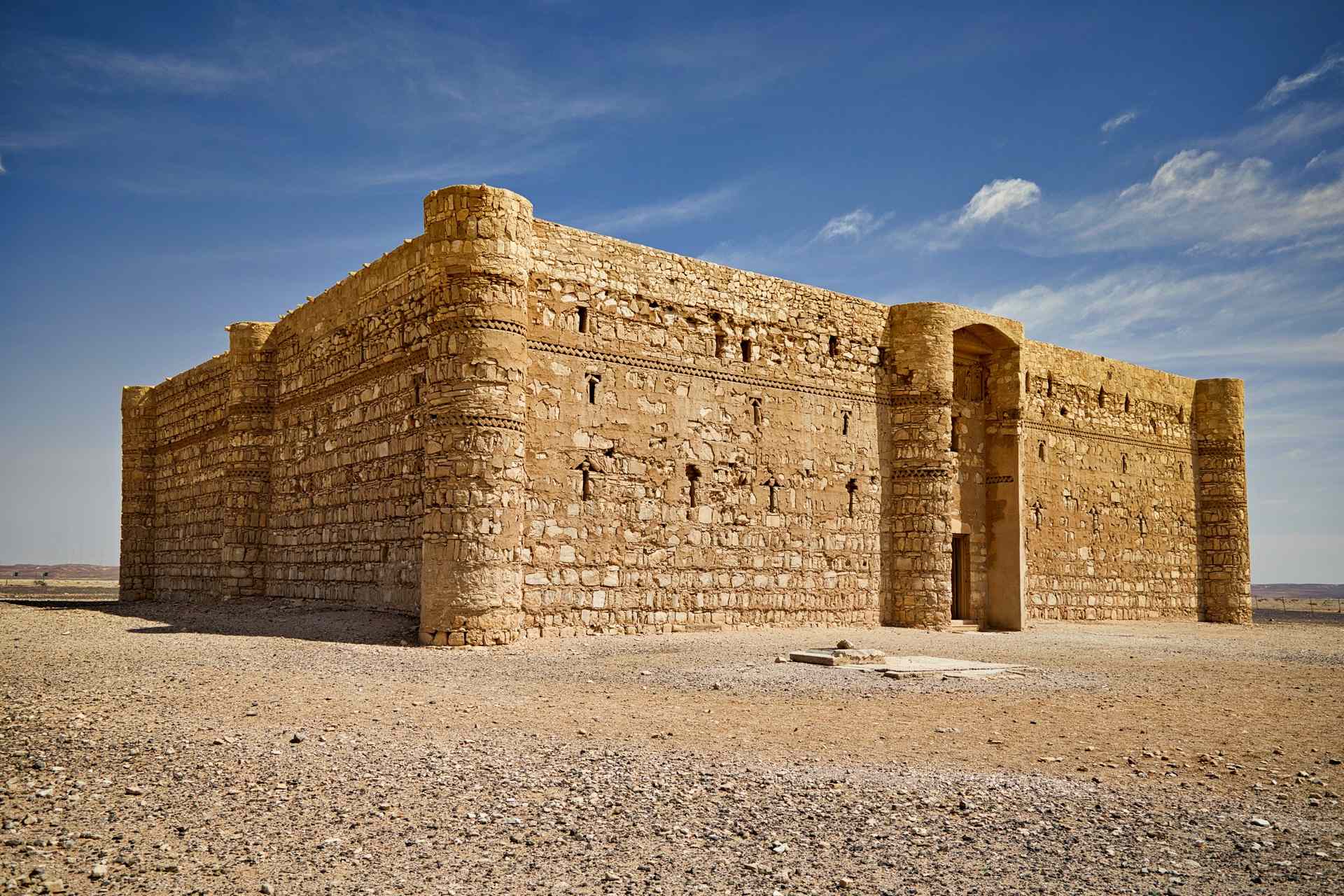 |
||
| Day 7: | Amman – Madaba – Nebo – Dead Sea – Aqaba.
Following breakfast, travel to Madaba, which is notable for its mosaics from the Byzantine and Umayyad periods, mosques, churches, and archaeological sites. You’ll go to Greek Orthodox Saint George’s Church to see a massive Byzantine mosaic that is the earliest map of Palestine, but it also represents other areas including Jerusalem, Gaza, the Dead Sea, and the Nile Delta. |
|
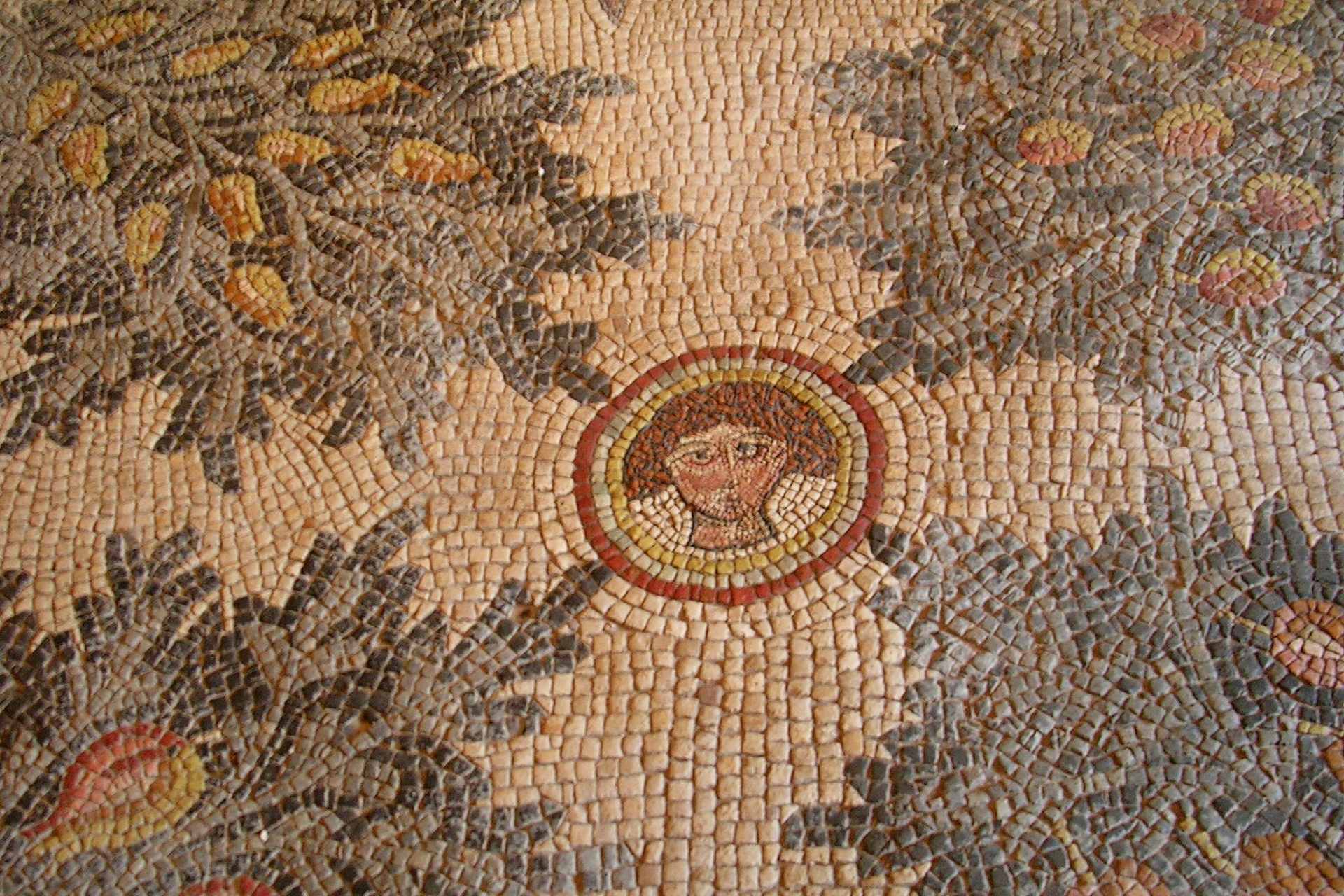 |
||
| Includes: | ||
|
||
| Does not include: | ||
|
||
| Tour options: | ||
|
||
| Important notes: | ||
|
||
| Dress Code: | ||
|
||
| Site topography: | ||
|
The sites are scattered out across a large region at various places and heights, therefore excellent walking shoes are required.
|
||
| Walking distance | ||
| The distance from the Visitor Center to the Basin in Petra is 4.2 kilometers (2.6 miles), and the same distance walking back to the Main Gate. | ||
 |
||
 |

